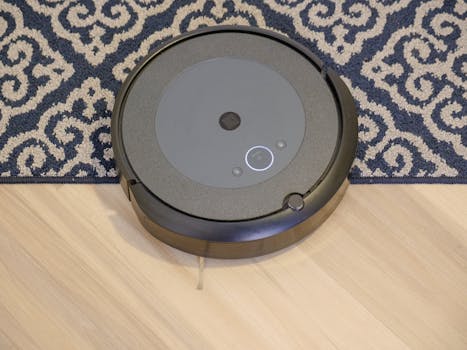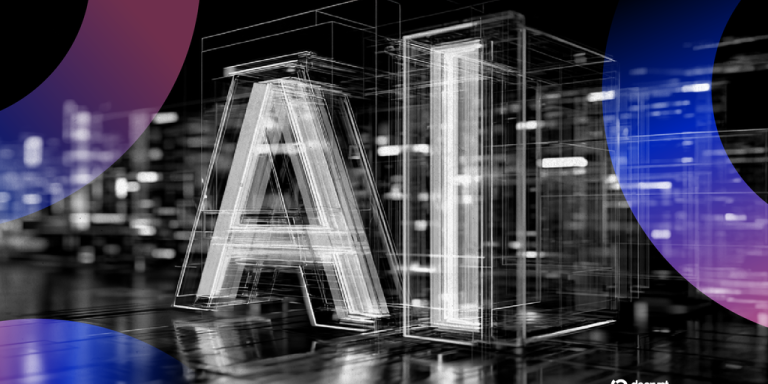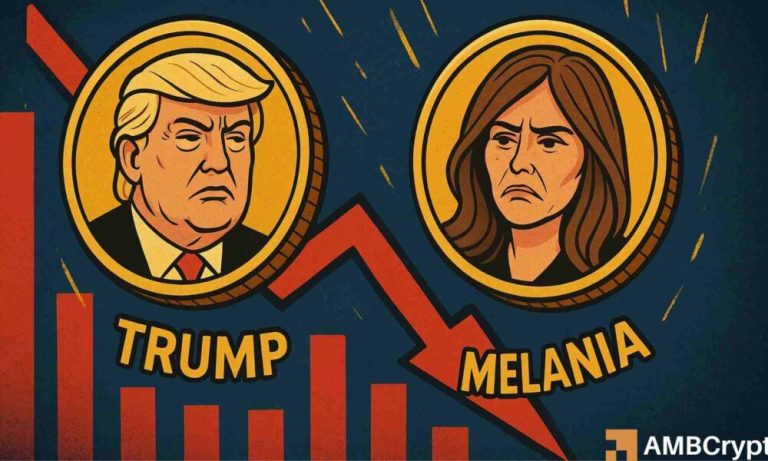
Smart Homes and Smart Living: The Technological Transformation of European Homes by 2025
Smart Homes and Smart Living are revolutionizing the way we live in European homes. With the latest technological advancements and innovations, our homes are becoming more efficient, convenient, and sustainable. In this article, we will explore the current state of smart homes and smart living in Europe, the benefits and challenges of adopting these technologies, and what we can expect by 2025.
Introduction to Smart Homes and Smart Living
Smart homes and smart living refer to the integration of technology and automation in our living spaces. This includes a wide range of devices, systems, and services that make our lives easier, more comfortable, and more sustainable. From smart thermostats and lighting systems to home security and entertainment systems, the options are endless.
According to a recent report, the European smart home market is expected to grow from $15.6 billion in 2020 to $43.8 billion by 2025, at a Compound Annual Growth Rate (CAGR) of 23.2%. This growth is driven by the increasing demand for energy efficiency, convenience, and security.
Benefits of Smart Homes and Smart Living
There are many benefits to adopting smart homes and smart living technologies. Some of the most significant advantages include:
- Energy efficiency: Smart homes can optimize energy consumption, reducing waste and saving homeowners money on their utility bills.
- Convenience: Smart homes can be controlled and monitored remotely, making it easy to manage your home from anywhere.
- Security: Smart homes can be equipped with advanced security systems, including cameras, alarms, and motion sensors.
- Sustainability: Smart homes can be designed to reduce waste and minimize environmental impact.
In addition to these benefits, smart homes and smart living can also improve our health and wellbeing. For example, smart lighting systems can be programmed to simulate natural daylight, improving our mood and energy levels.
Challenges and Limitations of Smart Homes and Smart Living
While smart homes and smart living offer many benefits, there are also some challenges and limitations to consider. Some of the most significant drawbacks include:
- Cost: Smart home devices and systems can be expensive, making them inaccessible to many homeowners.
- Complexity: Smart homes can be complex to set up and manage, requiring technical expertise and support.
- Security risks: Smart homes can be vulnerable to cyber threats and data breaches, compromising our personal and financial information.
- Interoperability: Smart home devices and systems may not be compatible with each other, limiting their functionality and usability.
To overcome these challenges, it is essential to invest in education and training, ensuring that homeowners have the knowledge and skills to set up and manage their smart homes effectively.
Future of Smart Homes and Smart Living in Europe by 2025
By 2025, we can expect significant advancements in smart homes and smart living technologies. Some of the most exciting developments include:
- Artificial intelligence (AI) and machine learning (ML): AI and ML will play a major role in smart homes, enabling devices and systems to learn and adapt to our behavior and preferences.
- Internet of Things (IoT): The IoT will continue to grow, connecting more devices and systems and enabling seamless communication and interaction.
- 5G networks: The rollout of 5G networks will provide faster and more reliable connectivity, enabling the widespread adoption of smart home technologies.
- Sustainability and energy efficiency: Smart homes will become increasingly sustainable and energy-efficient, reducing our carbon footprint and environmental impact.
In conclusion, smart homes and smart living are transforming European homes, offering many benefits and advantages. While there are challenges and limitations to consider, the future of smart homes and smart living looks bright, with significant advancements expected by 2025.




